Last Updated on May 3, 2021 by Asif Iqbal Shaik
The Android vs iPhone debate has been going on for well over a decade, but there has been no clear winner yet. But there doesn’t need to be a winner. Android smartphones are better in some aspects, while iPhones are better in others. Some consumers prefer Android smartphones due to their better customizability and value factor, while those who buy iPhones prefer iOS for its better ecosystem and brand value. But which smartphone is better for your needs? Should you buy an iPhone or an Android smartphone? We will explain all the major aspects of both operating systems and help you choose the one that suits your needs the best.
Android vs iPhone: Features, Specs
Subscribe to Onsitego
Get the latest technology news, reviews, and opinions on tech products right into your inboxAndroid smartphones usually bring new features earlier than iPhones. For example, features like OLED and high-refresh-rate screens, dual-camera setups, 8K video recording, faster charging, wireless charging, and bigger batteries first appeared on Android smartphones. However, the features that Apple includes on iPhones work really well. In terms of features, Android smartphones are usually ahead of iPhones. If you want a phone that comes with the latest and greatest features, an Android smartphone should be your first choice.
For example, if you are looking to buy a smartphone with a budget of Rs 30,000, you can either go with the iQOO 7 or the iPhone SE (2020). As you can see in the specs comparison tablet below, except for the processing performance part, the iQOO 7 wins in every other aspect. That is the case with all iPhones. Android phones almost always offer more features and better specifications than iPhones at the same price point.
| Apple iPhone SE (2020) | iQOO 7 | |
| Display | 4.7-inch, LCD, 1,334×750 Pixels, 60Hz Refresh Rate | 6.62-inch, OLED, 2,400×1,080 Pixels, 120Hz Refresh Rate, HDR10+ |
| Audio | Stereo Speakers | Stereo Speakers |
| Processor | Apple A13 Bionic | Qualcomm Snapdragon 870 |
| RAM | 3GB | 8GB |
| Storage | 64GB | 128GB |
| Design | Glass + Metal, Water Resistant | Glass + Plastic |
| Rear Camera | 12MP, OIS, 4K 60FPS Video Recording | 48MP+13MP+2MP, OIS, 4K 30FPS Video recording |
| Front Camera | 7MP, Full HD 30FPS Video Recording | 16MP, 4K 30FPS Video Recording |
| Connectivity | 4G, Dual-SIM, Wi-Fi 5, Bluetooth 5.0, NFC, GPS, Lightning Port | 5G, Dual-SIM, Wi-Fi 6, Bluetooth 5.1, NFC, GPS, USB Type-C Port |
| Security | Fingerprint Reader | Fingerprint Reader |
| Battery | 1,821mAh | 4,400mAh |
| Charging | 18W, Wireless Charging | 66W |
Winner: Android
Android vs iPhone: Camera
Android smartphones offer more flexible camera setups, offering more camera sensors and features, but iPhones provide a more consistent image and video quality. In entry and mid-level segments, Android smartphones usually provide a better overall camera package. However, in the high-end segment, there is a tight competition between Android phones and iPhones.
If you opt to buy a smartphone below ₹50,000 and want a good camera, you should probably buy an Android smartphone. If you can spend more than ₹50,000, Android smartphones and iPhones offer similar quality. Some Android smartphones offer a more flexible camera package, including better zoom and ultrawide cameras. iPhones, on the other hand, offer much better video recording quality. So, if you shoot a lot of videos, iPhones are the way to go.
Winner: Tie
Android vs iPhone: Performance
There is one aspect where Android smartphones haven’t been able to catch up to iPhones: processing power. iPhones almost always feature a faster processor and better performance than Android smartphones. Even two-year-old iPhones have better raw performance than the latest Android smartphones. As you can see in the performance comparison tablet below, the iPhone SE (2020) is faster than the similarly-priced iQOO 7 in both CPU and GPU performance. This is true for other iPhones, too, which have better processing performance than similarly-priced Android smartphones.
| Apple iPhone SE (2020) | iQOO 7 | |
| Single-Core CPU (Geekbench 5.1) | 1,334 | 1,000 |
| Multi-Core CPU (Geekbench 5.1) | 3,237 | 3,155 |
| GPU (3D Mark Wildlife) | 44FPS | 25.7FPS |
You may not be able to notice a lot of speed and performance difference between Android phones and iPhones while performing day-to-day tasks like opening apps, browsing the web, and using the camera, but that extra processing power of iPhones comes into play when the phone gets older after 2-3 years. While Android phones start to feel very slow after a couple of years, iPhones still perform well even after four years.
Winner: iPhone
Android vs iPhone: Software Features & Customizability
In terms of software, Android and iPhones are wildly different. iPhones are comparatively easier to use than Android smartphones, but they also have fewer software features. Android smartphones, on the other hand, offer a lot of customizability. If you don’t like the default browser, phone, messages, email, and app launcher apps, you can easily install third-party alternatives and set them as default apps. You can even install restricted apps by sideloading the APK installation file.
For example, iPhones don’t have features like call recording, split-screen view, themes, third-party live wallpapers, use quick setting toggles for third-party apps, and the ability to transfer files as easily as you can on Android devices. You can’t even set third-party apps as defaults for app launcher, calling, and messaging. Even if you don’t like the functionality of the default phone or messages apps on your iPhone, you have no other choice to change it. iPhones don’t allow you to sideload apps, and you are forced to use the App Store.
Another important app that doesn’t work well on iPhones is Truecaller. Yes, the Truecaller app is present on iOS, but it is extremely unreliable and doesn’t show the name of the caller if the phone’s screen is turned off or if the phone is locked.
Winner: Android
Android vs iPhone: Consistency, Ease Of Use, & Ecosystem
iPhones are easier to use and offer a more consistent user experience compared to Android. If you want to buy a smartphone for your parents or elderly in your home who are not well-versed with modern technology, an iPhone should be your first choice. Yes, they are pricier than Android smartphones, but they offer a much more cohesive and easier-to-understand software that anyone can easily get the hang of it.
iOS also offers a better ecosystem of apps, games, and services. There are more apps on the App Store, and iOS apps generally have a better design and user experience when compared to Android apps. Moreover, apps and games generally launch first on iPhones and then get released on Android smartphones. Whenever Apple introduces a new feature in iOS, most apps implement them sooner and in a better way. For example, when Apple introduced a Face Unlock feature (via Face ID) with the iPhone X, most apps became compatible with the feature within a matter of a few weeks. The same isn’t true on Android. The implementation of new features sometimes takes years to come to Android apps and games. Hence, iPhones offer more consistency, better ease of use, and a richer ecosystem of apps and games when compared to Android smartphones.
Winner: iPhone
Android vs iPhone: Privacy, Security, & Software Updates
As a platform, iOS is heavily restricted, at least for third-party apps and services. Third-party apps can’t access private data such as call logs, messages, and emails. Even for accessing images and videos in the gallery, apps need to ask for user’s permissions. The iPhone even notifies the user when a third-party app tries to copy clipboard data. Apple has also set several rules for third-party apps, resulting in better privacy and security when compared to Android smartphones.
Even when vulnerabilities and bugs are found, Apple quickly fixes them with regular software updates. The same can’t be said for Android smartphones from several brands. Barring a few brands like Google and Samsung, most Android smartphone brands don’t update their phones as frequently. Apple releases the latest operating system updates to its iPhones for at least five years, which is a lot. In comparison, most high-end Android smartphones get OS updates for just two years. Brands like Google, OnePlus, and Samsung phones get OS updates for three years.
Overall, iPhones have a clear upper hand over Android smartphones when it comes to user privacy, data security, and software update consistency.
Winner: iPhone
Android vs iPhone: Battery Life
This one is easier. Unless you go with a high-end iPhone like the iPhone 12 Pro Max, you will find that Android smartphones last longer than their iOS running counterparts. That’s because most modern Android phones use high-capacity batteries. For example, the iPhone SE (2020) has a paltry 1,812mAh battery, and it usually lasts just until evening if you push it even a bit harder. Almost all similarly-priced Android smartphones use 4,000mAh or bigger batteries, which generally last all day long even with heavy usage.
Moreover, Android phones also feature faster charging mechanisms. Even the best iPhone supports just 18W fast charging, which takes around 1.5 hours to charge the battery fully. On the other hand, most high-end Android smartphones use at least 25W charging, and most of them can be charged from 0% to 100% within an hour. Moreover, iPhones don’t come with chargers anymore, which means you either have to use your current charger or spend additional money to buy a USB PD charger separately.
Most high-end Android smartphones and almost all iPhones support wireless charging. However, Android smartphones are usually capable of faster wireless charging speeds. So, whether you want long battery life, fast wired charging, or fast wireless charging, an Android smartphone would usually have the upper hand over an iPhone.
Winner: Android
Android vs iPhone: Value-For-Money & Resale Value
As explained earlier in the article, Android smartphones have more features and better specifications when compared to iPhones for the same price. But that’s only one way of looking at it. When you think of the resale value, iPhones have the upper hand. For example, the resale value of the iPhone XS (launched in late 2018) is around ₹33,000, while the resale value of the Galaxy S10+ (launched in early 2019) is around ₹27,000. iPhones almost always fetch you higher resale value, which you can use to buy a newer smartphone. Still, the higher resale value doesn’t compensate for the extremely high price that you have to pay for buying an iPhone. Android smartphones offer a better deal overall.
Winner: Android
Android vs iPhone: Brand Value & Wow Factor
If you are someone who likes to flaunt their smartphone among friends, then there’s no smartphone better than the iPhone. No matter how costly your Android smartphone is, iPhones usually attract more eyeballs. That’s the power of Apple’s branding and marketing. When you walk into a meeting or a bar, people are more likely to notice your iPhone rather than an Android smartphone.
Winner: iPhone
Should You Buy An Android Smartphone Or An iPhone?
We’ve explained every aspect of Android smartphones and iPhones, including specifications, camera quality, performance, software, customizability, ease of use, ecosystem, privacy, security, battery life, value for money, resale value, and brand value. If you are still confused between an Android smartphone and an iPhone, you should consider which things are essential to you. Moreover, you also need to consider if you have enough budget to invest in an iPhone.
If you can spend enough and if you value things like consistency, privacy, security, software updates, ecosystem, and brand value over other aspects of a smartphone, then you should prefer an iPhone. An iPhone also makes sense if you already own other Apple products like an Apple TV, iMac, iPad, MacBook, or AirPods, you should get yourself an iPhone.
If you want your smartphone to have the latest and greatest features, the ability to customize the software as per your needs, and have long battery life and faster charging, then you should prefer an Android smartphone. Phones based on Android OS also offer more value for money.
In the end, it all comes down to your personal preferences, and you need to weigh the pros and cons of each platform before making the purchase decision.
Android Or iPhone, Protect It By Investing In Extended Warranty, Screen Protection Plan, & Spills And Drops Protection Plans
Whether you choose an Android smartphone or an iPhone, it is a good idea to invest in an Extended Warranty Plan to save yourself from unwanted expenses if something goes wrong with it after the standard 1-year warranty period from the brand.
If you are not great at handling a smartphone and drop your phone every now and then, you should consider buying a Screen Protection Plan or a Spills & Drops Protection Plan from Onsitego. Our Screen Protection Plan offers you free screen replacement if the screen gets damaged in the case of an accidental drop. We follow a No Questions Asked Repair Policy and even provide a free pick-up and drop facility.
Onsitego’s Spills And Drops Protection Plan covers your repair cost if you drop liquid on your smartphone or if you drop your phone into water. It comes with a ‘No Questions Asked’ repair policy as well. Our plan also offers a free pick-up and drop facility and has an entirely paperless process. We offer a repair or replacement feature, which means that if we can’t get the phone repaired, we will offer a guaranteed replacement*.

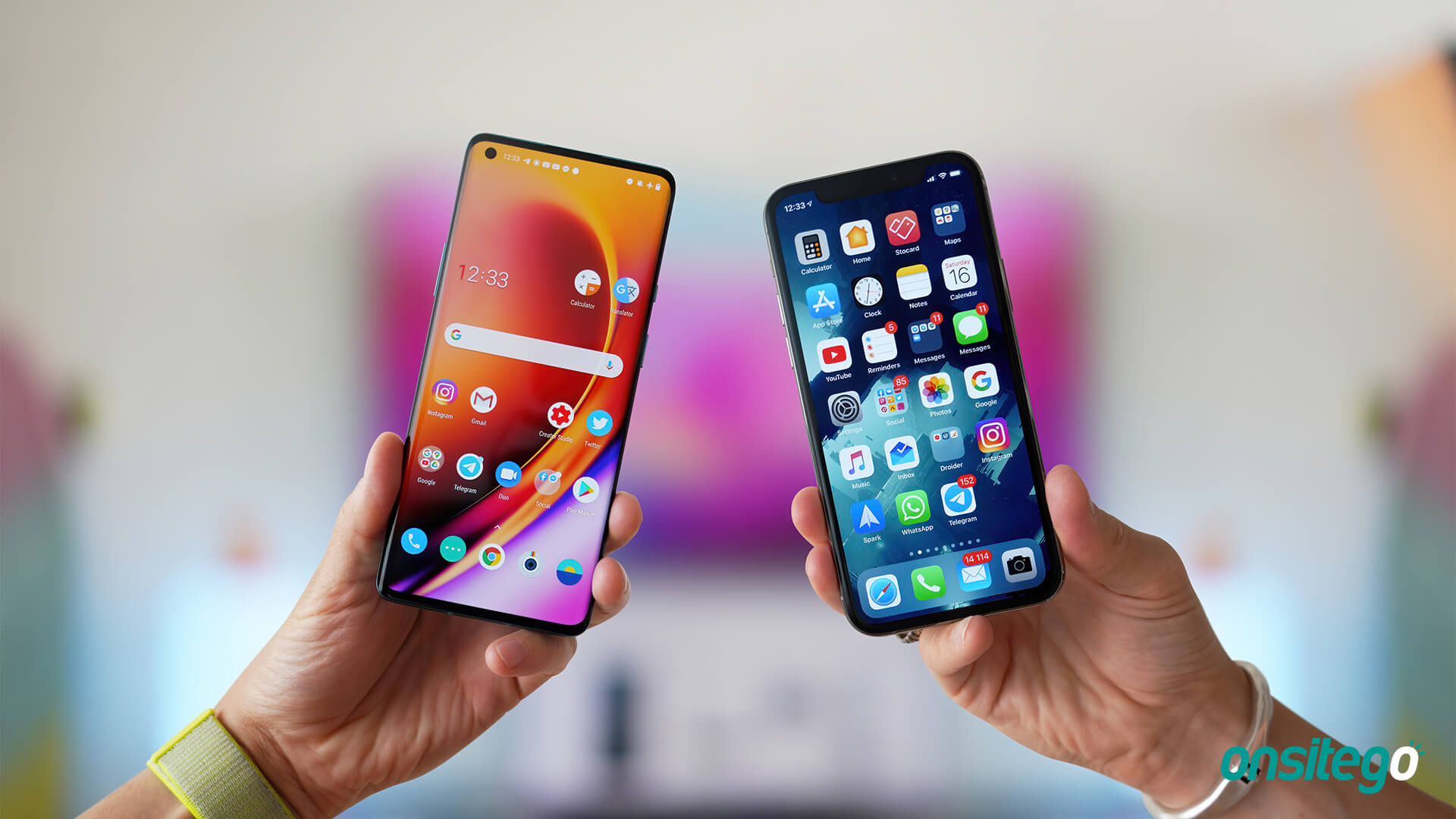
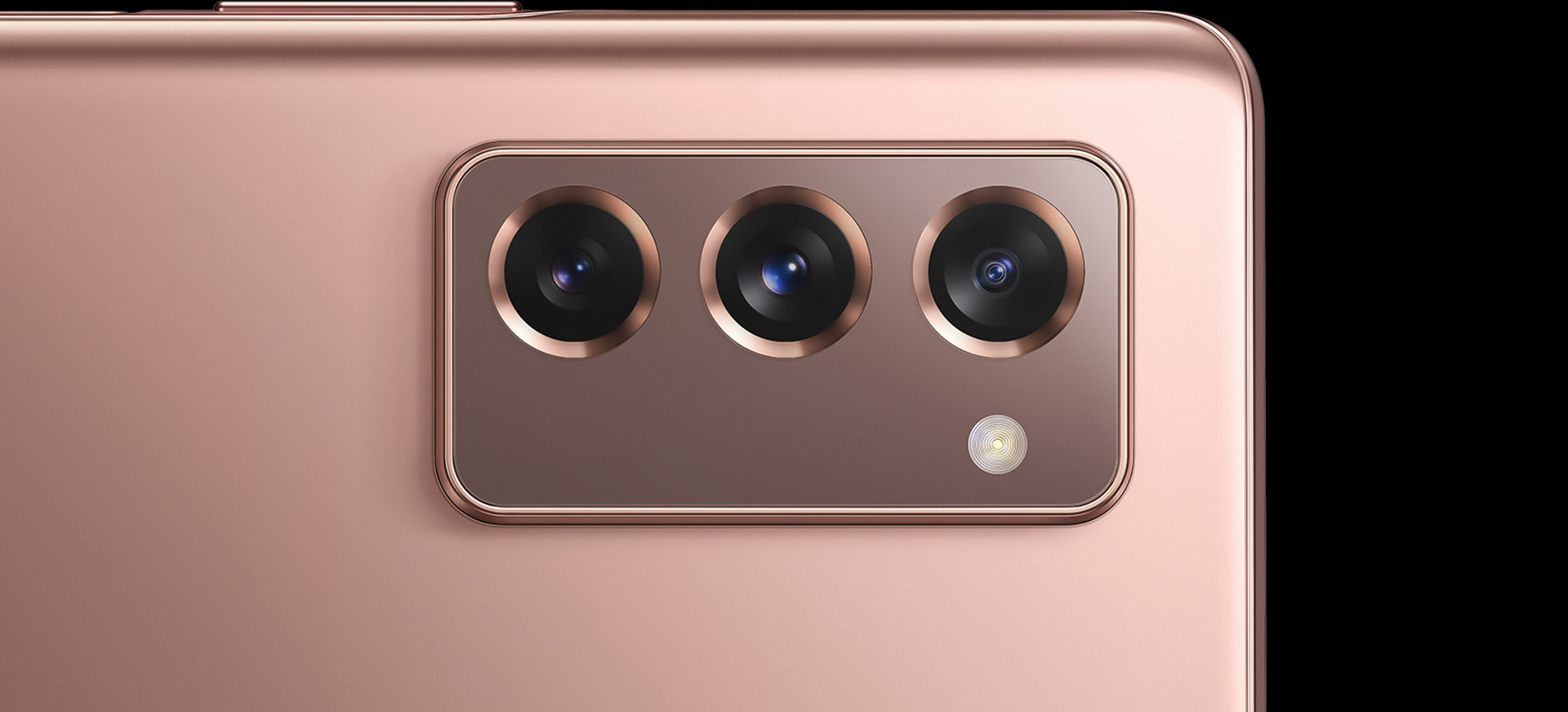

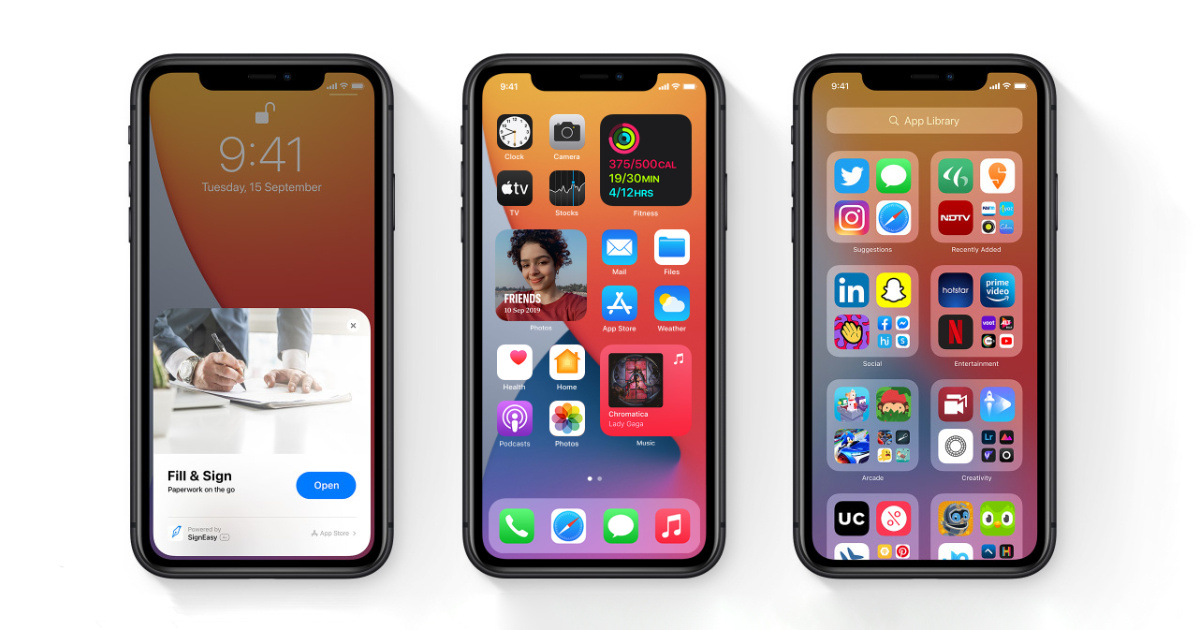

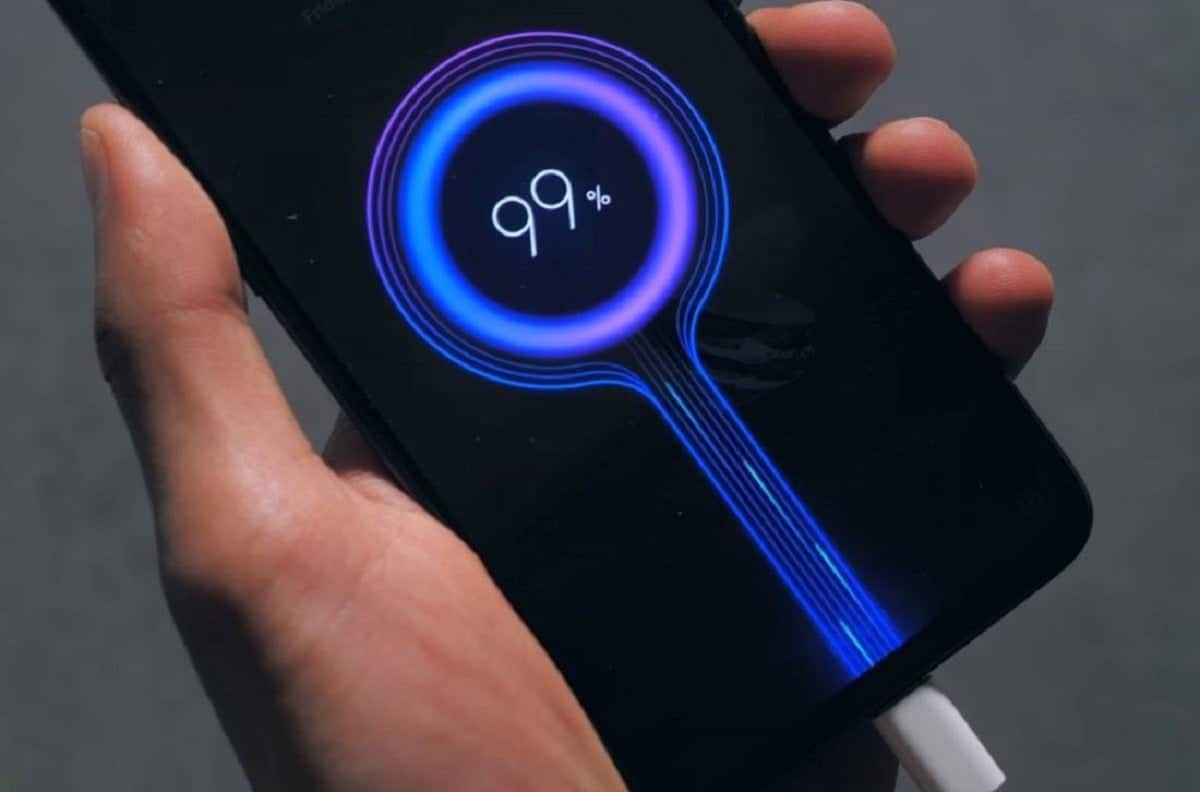
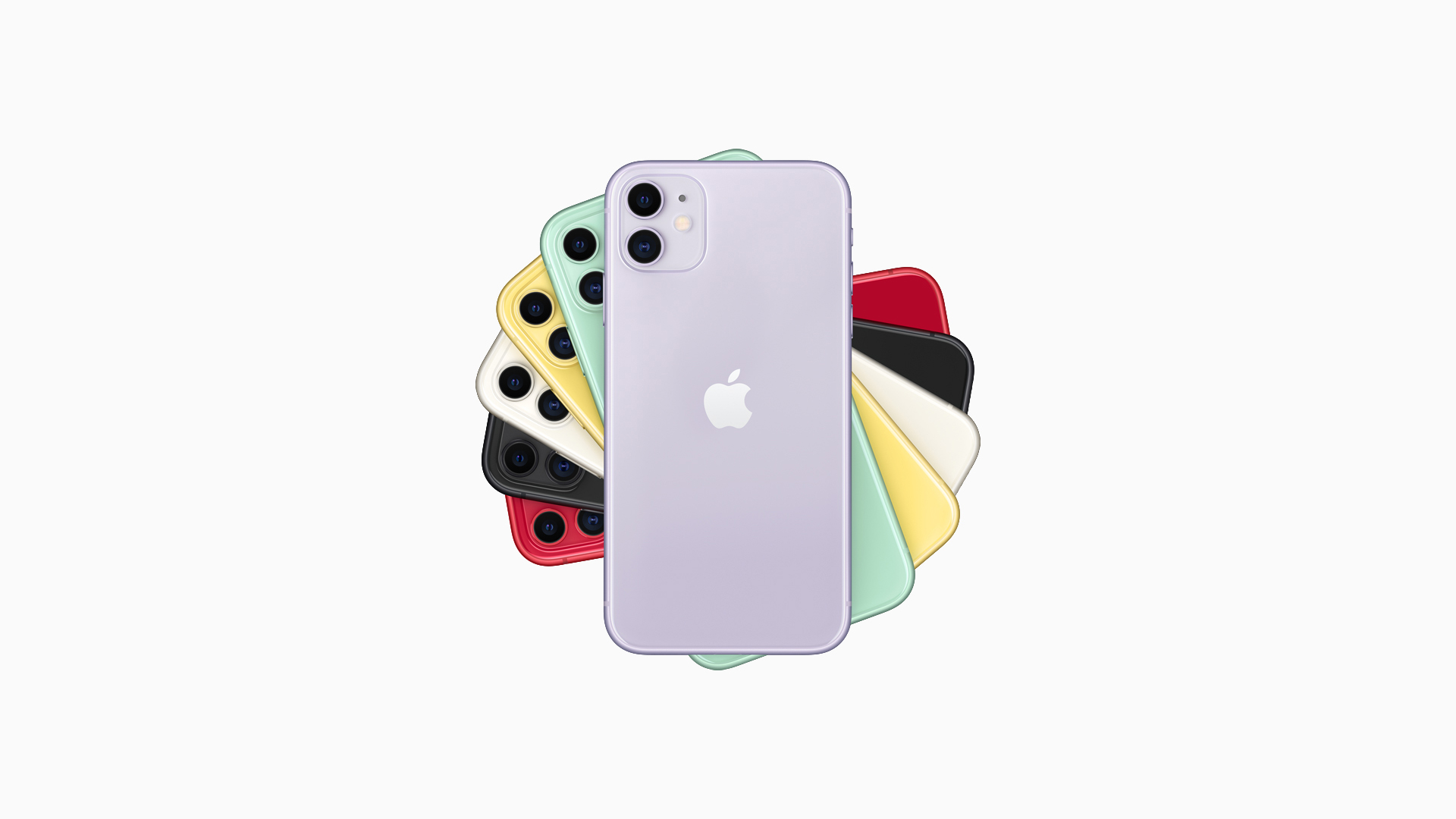

Discussion about this post